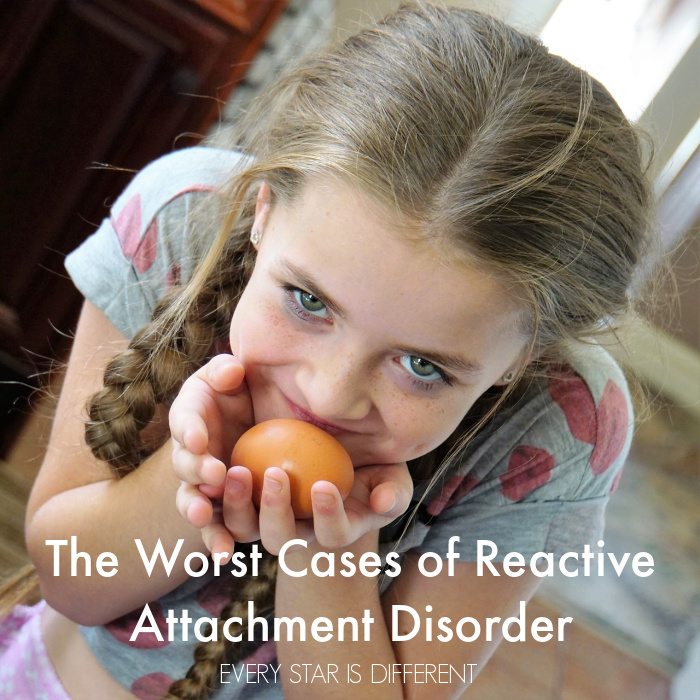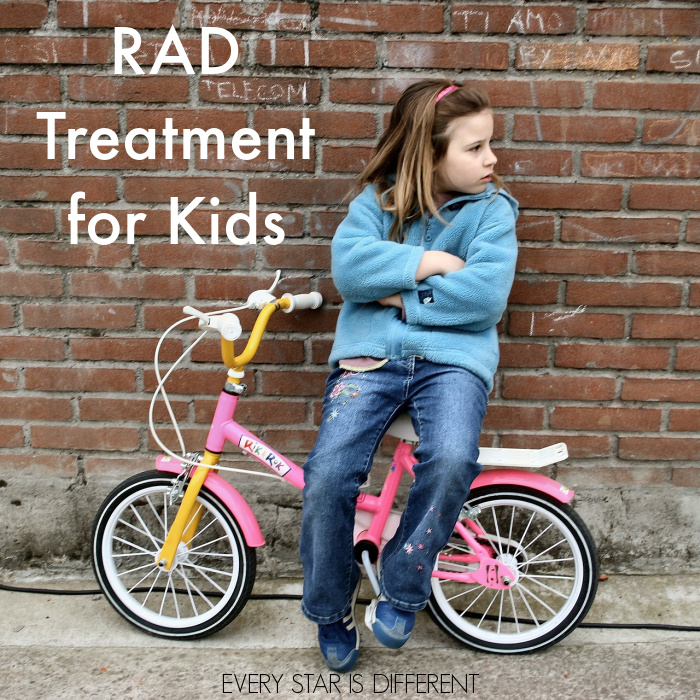Today, I was once again reminded how a child or teen with Reactive Attachment Disorder responds to pain and sickness.
I was at the doctor's office with Princess.
She had explained very casually to the doctor that one of her ears felt plugged and numb. The other ear had just begun to hurt.
The doctor looked into her ears.
"If my ears looked like your ears, I'd be curled up in my bed sobbing from the pain."
Princess giggled.
Children and teens with Reactive Attachment Disorder feel pain and sickness so differently than their typical peers.
Reactive Attachment Disorder: Pain and Sickness
How Does a Child or Teen with Reactive Attachment Disorder Respond to Pain and Sickness?
No child or teen with Reactive Attachment Disorder responds to pain and sickness in the same way.
The response will be based on the type of trauma endured and the type of Reactive Attachment Disorder that is present.
What are the 2 Types of Reactive Attachment Disorder?
The start of pain or sickness may be a huge trigger and solicit a very big response in the form of unsafe behaviors.
A child or teen with Reactive Attachment Disorder may feel like she is going to die, the minute she feels pain or sickness, because of past trauma.
In some cases, a child or teen with Reactive Attachment Disorder may not show any signs of sickness or pain at all.
Pain or sickness in a child with Reactive Attachment Disorder can cause unsafe behaviors to lessen or disappear completely.
Where a typical child or teen would be absolutely miserable, the child with Reactive Attachment Disorder is pleasant and seemingly content.
A typical child or teen often wants to rest until feeling better.
When feeling pain, the typical child often stops what she's doing.
The child or teen with Reactive Attachment Disorder may not feel the need to rest, until the body literally can't not rest.
Pain often does not stop a child or teen with Reactive Attachment Disorder from functioning, unless it is extreme and severe. Even then sometimes, a child or teen with RAD will try to keep going.
Sickness or pain may be the only instances in which a child or teen with Reactive Attachment Disorder allow the caregiver to take care of her.
At the same time, sickness or pain, may cause a child or teen with Reactive Attachment Disorder to push a caregiver even further away.
The child or teen with Reactive Attachment Disorder may blame and target the caregiver for the pain or sickness she feels, due to past trauma that is unresolved.
Why Does a Child or Teen with Reactive Attachment Disorder Respond to Pain and Sickness Differently than Typical Peers?
A child with Reactive Attachment Disorder has endured significant trauma.
While going through that trauma, the brain and body developed coping strategies in order to survive.
Many of the coping strategies used were not healthy.
In most cases, regarding trauma in the first 18 months of life, it benefited the infant or toddler not to respond to pain or sickness in order to stay safe.
In cases where an infant or toddler was being physically abused, medically neglected, or experiencing medical trauma, the brain changed to acclimate to the unsafe situations.
These brain changes affected the entire body's response to sickness and pain.
There are some neglected infants and toddlers who simply learned that communicating needs through crying and speaking did nothing.
So they stopped communicating needs.
Once again, the developing brain changed when sent these messages.
Changes became normal.
This same scenario has played out over and over again throughout the years.
In order to survive trauma Princess experienced before she came to our family through adoption, she taught herself not to feel pain.
She automatically blocks out pain and sickness, whenever she feels them.
As a teenager, her body and mind are just beginning to work together in these situations.
It's taken this long for her to trust that it's okay to express that she's hurt or not feeling well.
How Do I Help a Child or Teen with Reactive Attachment Disorder when Feeling Pain or Sickness?
A helpful response to pain or sickness will depend on the caregiver's knowledge of past trauma, the child or teen's healing process, and the type of Reactive Attachment Disorder that is present.
Every child and teen is different.
Most often finding the most helpful response will take a lot of trial and error.
In our home, I have found the best response to sickness is a balance of teaching life skills that promote independence and a constant presence to show my daughters that I am always there for them.
Over time we have worked together to help my girls understand what their bodies are trying to communicate and how to respond in a way that helps the body heal.
This has been HARD work.
Once my girls had a basic understanding of their body and could communicate needs, we put together a "Sick Kit."
A Sick Kit For Kids
This sick kit helps my girls know that they are safe when sick.
When developmentally appropriate, I've taught my girls how to use various items in their sick kit independently.
This empowers them and helps them understand they do not have to rely on others, who may not follow through with taking care of their needs.
I teach them that if items in their sick kit aren't helping them feel better after a few days, then it's time to call the doctor, who will add more items to their kit to help them heal.
During all of this, I remain by their side when sick.
Instead of leaving them alone to rest in their room, my girls are in the living room or where I can see them at all times.
Sick time is a time of bonding, in a way that isn't possible in other situations.
I embrace the time together, knowing that as soon as my girls are feeling better, they will begin to push me away again.
150+ Ways Children and Teens with RAD Push Others Away
When it comes to pain, I've learned the best way to help my girls is to encourage them to feel the pain, express strong emotions safely, and stay by their side as often as possible.
We work on co and self-regulation a lot during these times.
How to Stay Calm During a Reactive Attachment Disorder Fit
Pain can often bring casts, braces, crutches, and more.
Please be aware that these items can become weapons and ways for a child or teen with Reactive Attachment Disorder to injure herself.
My youngest was in a boot for six weeks after breaking three bones in her foot. During that time, a lot of new dents and marks on our walls and doors appeared.
At times she would take out her anger and frustration about wearing a boot out on the walls and doors, using her foot in the boot.
The same daughter broke her arm and ended up in a cast. She hated that cast so much that she worked on taking it off by herself every night at bedtime until she managed to do it.
Her arm, underneath the cast, was a mess from the loosening process.
The doctor was absolutely shocked.













.jpg)
No comments:
Post a Comment